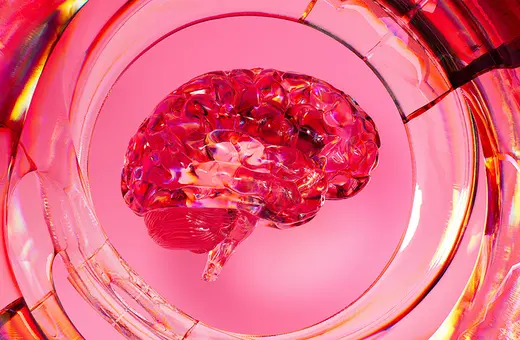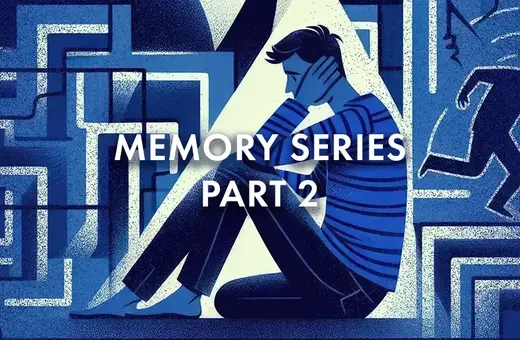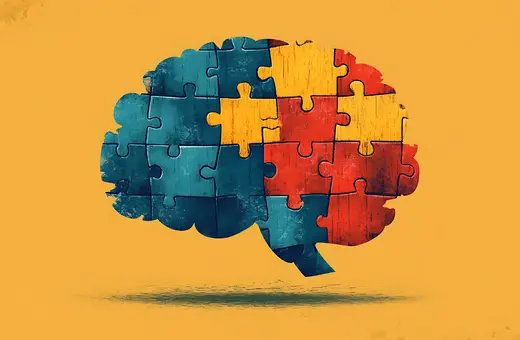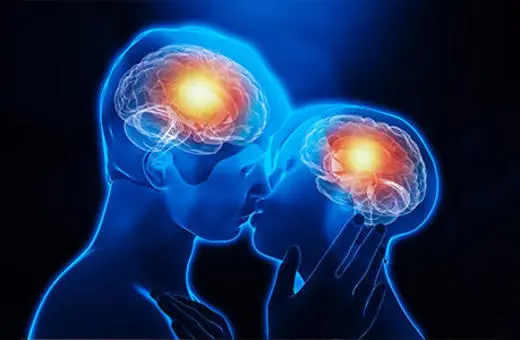Do we know what death is? For centuries, death was diagnosed when the heartbeat ceased, but heart machines now mean that a patient can survive even after their heart stops. The focus then shifted to brain-death, yet brain-dead patients’ bodies can continue to function – a brain-dead female can even carry a pregnancy to term. So brain-death is not the death of the human organism. Lukas J. Meier argues that this suggests we should stop thinking of death as biological, and instead see it as psychological: what really matters is not the death of the organism, but the death of the psyche.
Imagine a situation that we all dread: one day you receive a call, informing you that a friend has had a severe car accident. You rush to the hospital. The doctors explain to you that your friend suffered catastrophic head injuries and has just been declared brain dead. As most of his body is still intact, preparations for the explanation of organs are now underway. Your friend had indeed expressed his wish to serve as an organ donor in the event of an early death.
While you are still digesting the shocking news, you take a closer look at your friend’s body. His eyes are closed and he is unable to breathe on his own. A ventilator provides oxygen. But when you touch his arm, you notice that his body is warm rather than cold and stiff. You feel his pulse. His heart is beating normally. Compared with other patients in intensive care, who – so the doctors assure you – are alive, you cannot discern any difference: many of them are connected to ventilators, too. Just like your friend, they appear to be profoundly asleep. Yet everyone insists that these patients are alive, whereas your friend has died. You begin to wonder what is going on. What is the rationale behind this verdict?
For many centuries, death had been diagnosed when heartbeat and breathing had permanently ceased. In the middle of the twentieth century, a technological innovation called into question this practice: heart-lung machines were now able to temporarily replace these vital functions by mechanically perfusing the body with oxygenated blood. A heart that was not beating for several minutes no longer indicated that the patient had died. Consequently, a new criterion was required for the diagnosis of death in the presence of external life support.
___
A growing number of authors to believe that the destruction of a single organ – the brain – does not necessarily correspond to the ceasing to exist of the organism as a whole.
___
With the ability to bypass heart and lungs mechanically, focus shifted to another organ: the brain. The brain is the body’s central control mechanism. Consequently, so the rationale went, the destruction of this organ must be equivalent to the dissolution of somatic unity of the whole organism. Devoid of the brain’s coordinating influence, the body’s organs – although they may remain functional for a while – no longer work in concert, and the organism is to be regarded as dead. Brain death, as this novel criterion was termed, has become accepted as a legal indicator of death in many jurisdictions. It is also an important pillar of organ-transplantation programmes as it means that organs may be taken also from brain-dead individuals, thus increasing the pool of potential donors.





















Join the conversation